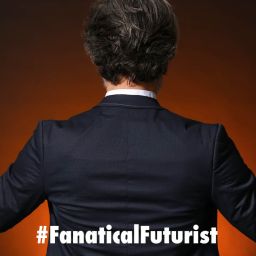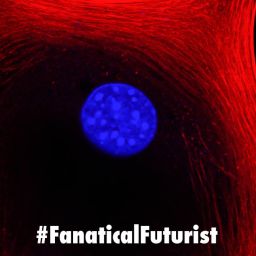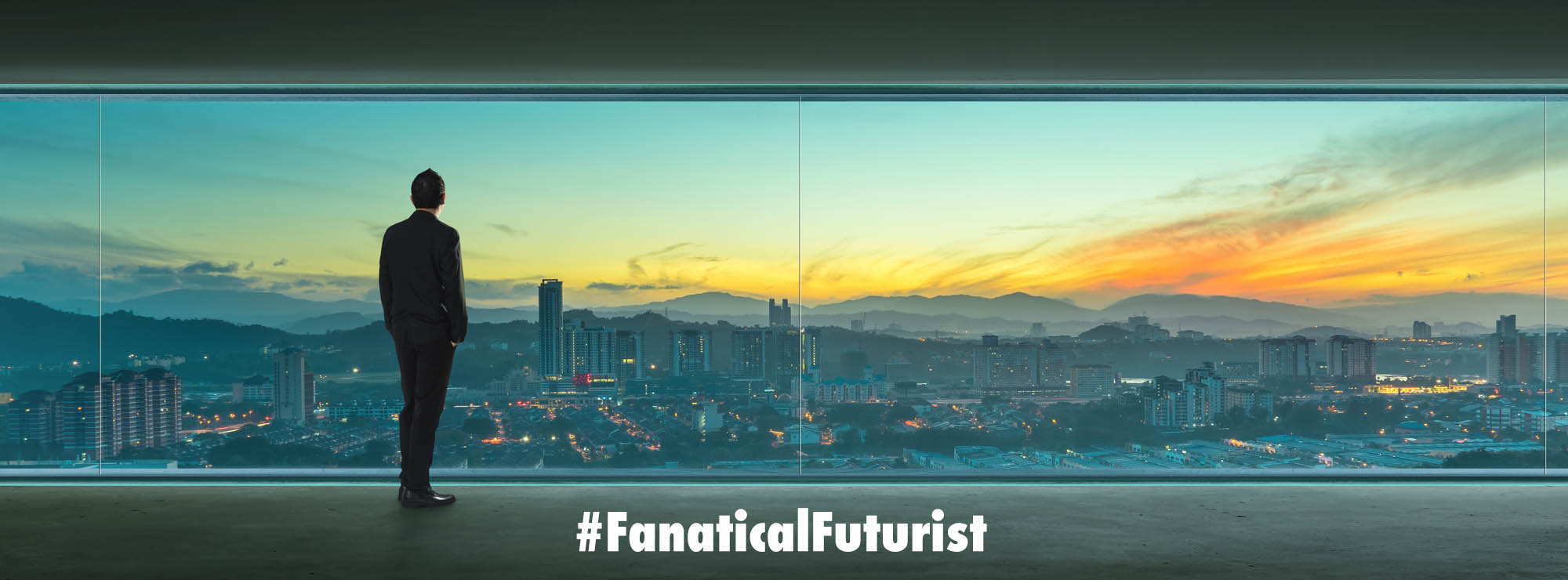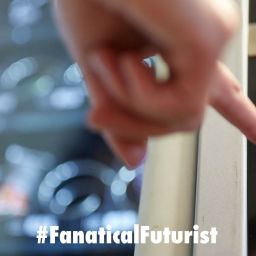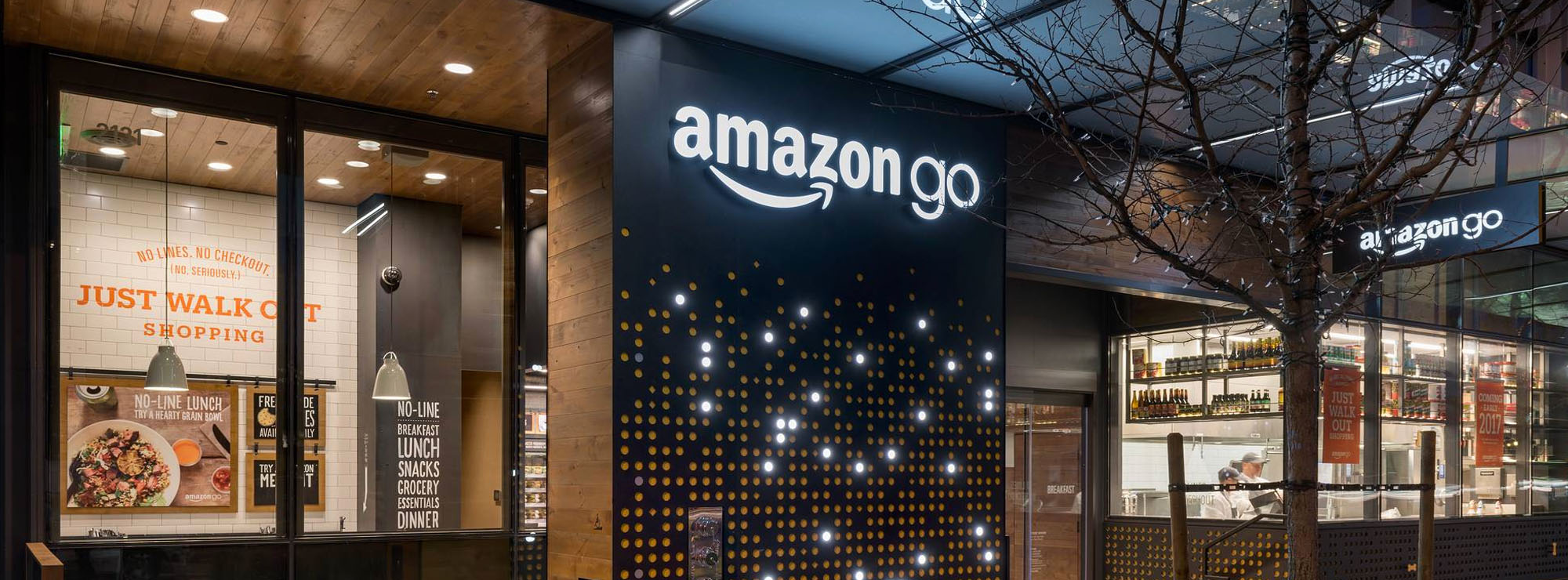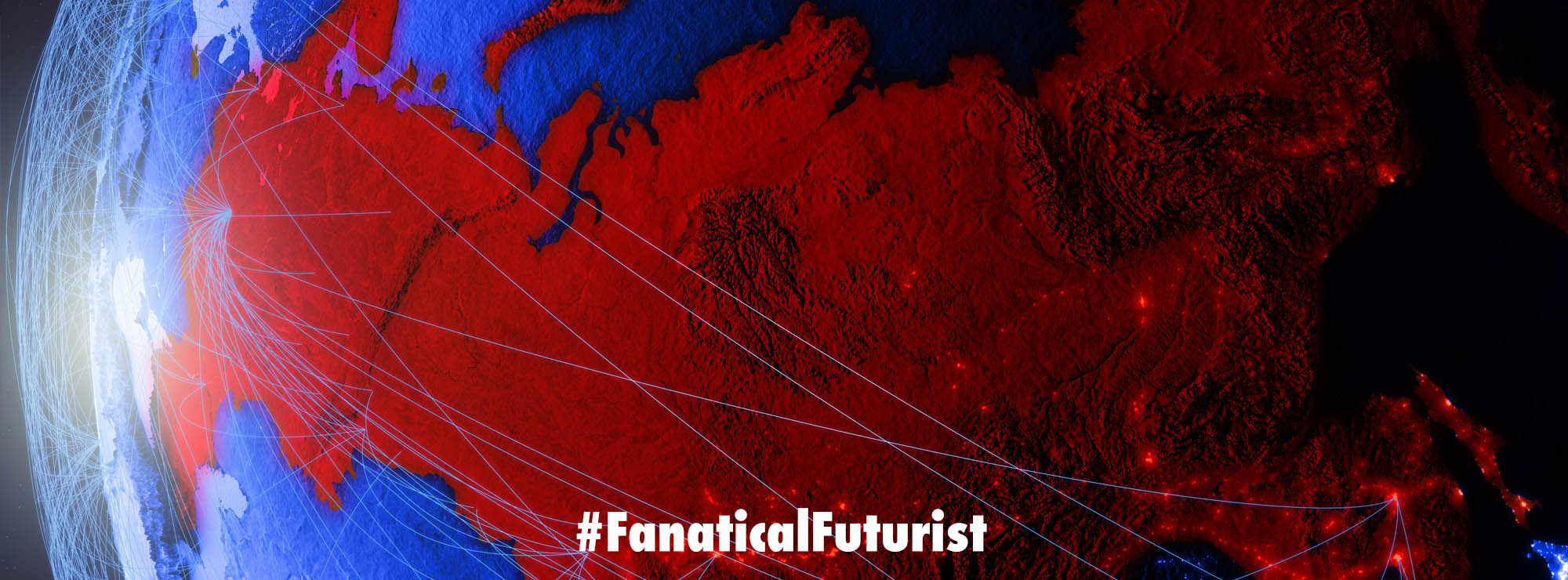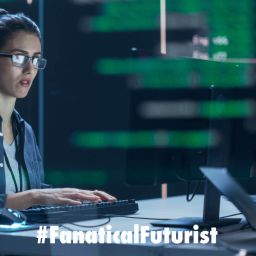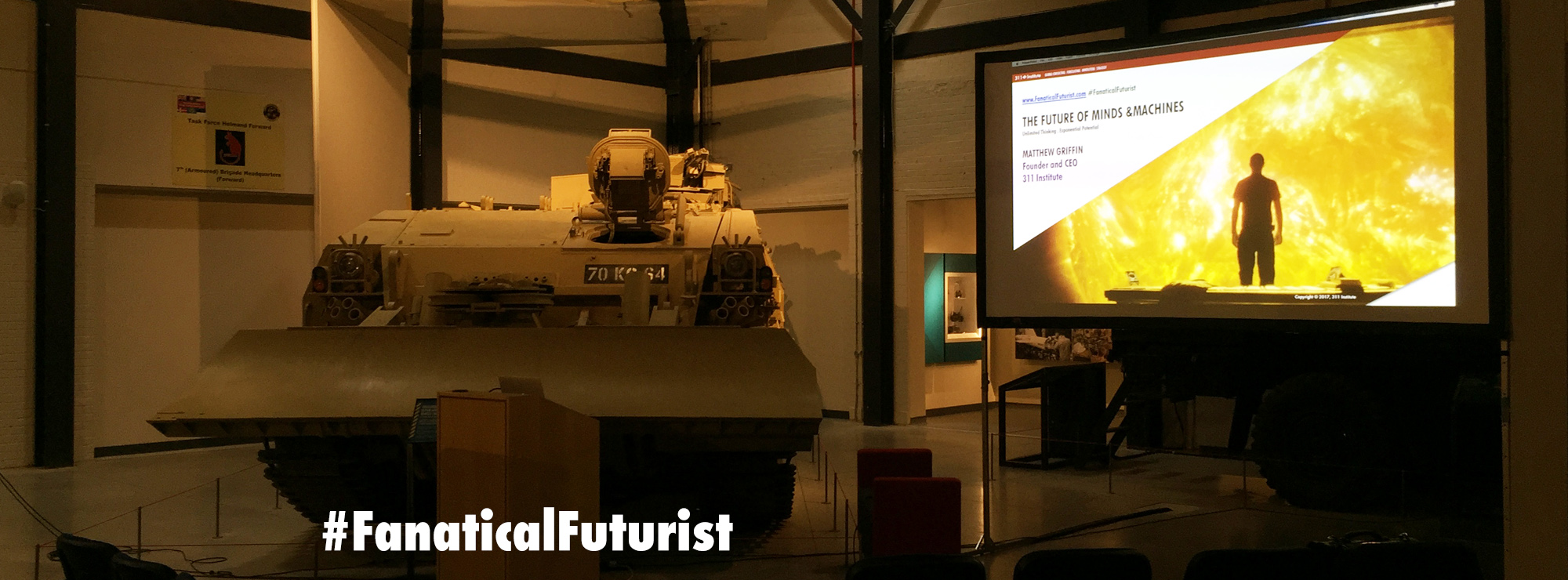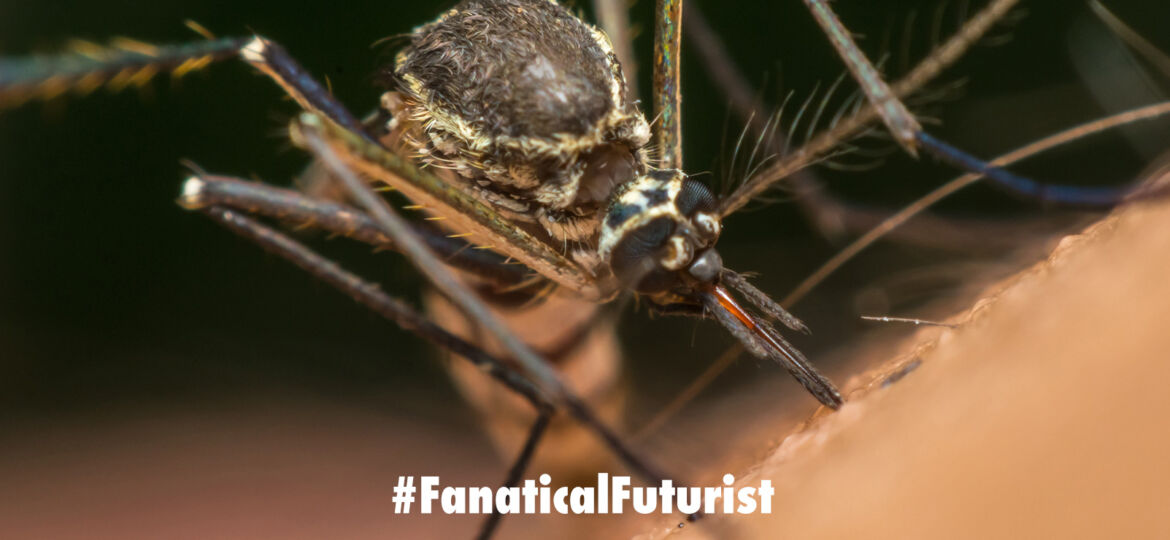
WHY THIS MATTERS IN BRIEF
DeepFakes can be used for both benign and evil purposes, but in this latest campaign a UK company used it to help a malaria charity for good
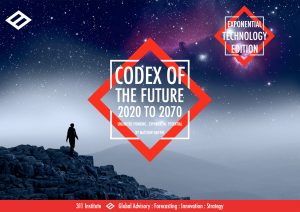 Interested in the Exponential Future? Connect, download a free E-Book, watch a keynote, or browse my blog.
Interested in the Exponential Future? Connect, download a free E-Book, watch a keynote, or browse my blog.
The recent global campaign showing Malaria survivors speaking seamlessly through David Beckham, in multiple languages and voices, to help raise awareness around the Malaria Must Die initiative spooked a lot of people. And, arguably, it spooked more people than the act of creating billions of genetically modified mosquitos did a few years ago, and the creation of a so called Extinction Gene, so if you want to know why then just watch the video below and job done. But if you haven’t watched the video yet, then it’s another great example of creative machines being used to create fake content, more professionally known as synthetic content, and the campaign has already exceeded 400 million views globally with the company behind the new tech recently issuing a new behind the scenes video explaining how it was made.
The campaign was a joint collaboration between RG/A, Ridley Scott Associates and the clever video UK startup Synthesia, for Malaria No More. And it turns out, there’s a huge commercial imperative over this cool technology, for obvious reasons…
Video production today doesn’t scale. It’s a physical process with many cameras, many studios and many actors, and once a marketing, product or entertainment video has been shot it’s very difficult to quickly and affordably edit the creative or translate into different languages.
Now see how it’s done
“I believe generating semi or fully artificial video is more efficient. This digital creation process is already the industry standard with images through applications like Adobe Photoshop. We’re enabling the same for video,” said co-founder Victor Riparbelli Rasmussen.
Synthesia says it can reduce the need to go on set to produce video content. Rather than shooting a new video, it can edit existing assets to create derivative international and personalized videos – something that is now also being enabled by Adobe products like Voco which has been described as “Photoshop for voice,” and Princeton’s text to video editor that, literally lets you type the words to put into people’s mouths.
“Our solution allows companies to 10x their video output for a tenth of the costs of conventional production. A simple interview style video can easily involve many people and extensive production costs across the organisation. With our solution, a marketing manager at an advertising agency, a Fortune 1000 company or small business can create a new video from behind her screen and have it delivered back within 48 hours,” says Rasmussen.
“Video production is exponentially increasing but it is extremely challenging to internationalise and easily personalise advertising, marketing and e-learning videos across cultures,” says Evan Nisselson, general partner at LDV Capital who invested in the company. “Synthesia is leveraging machine vision and artificial intelligence to revolutionise video production for brands and creators.”
Synthesia was founded by a team of researchers and entrepreneurs from UCL, Stanford, TUM and Foundry, and their customers already include global brands such as Accenture, McCann Worldgroup, the Dallas Mavericks and Axiata Group.


